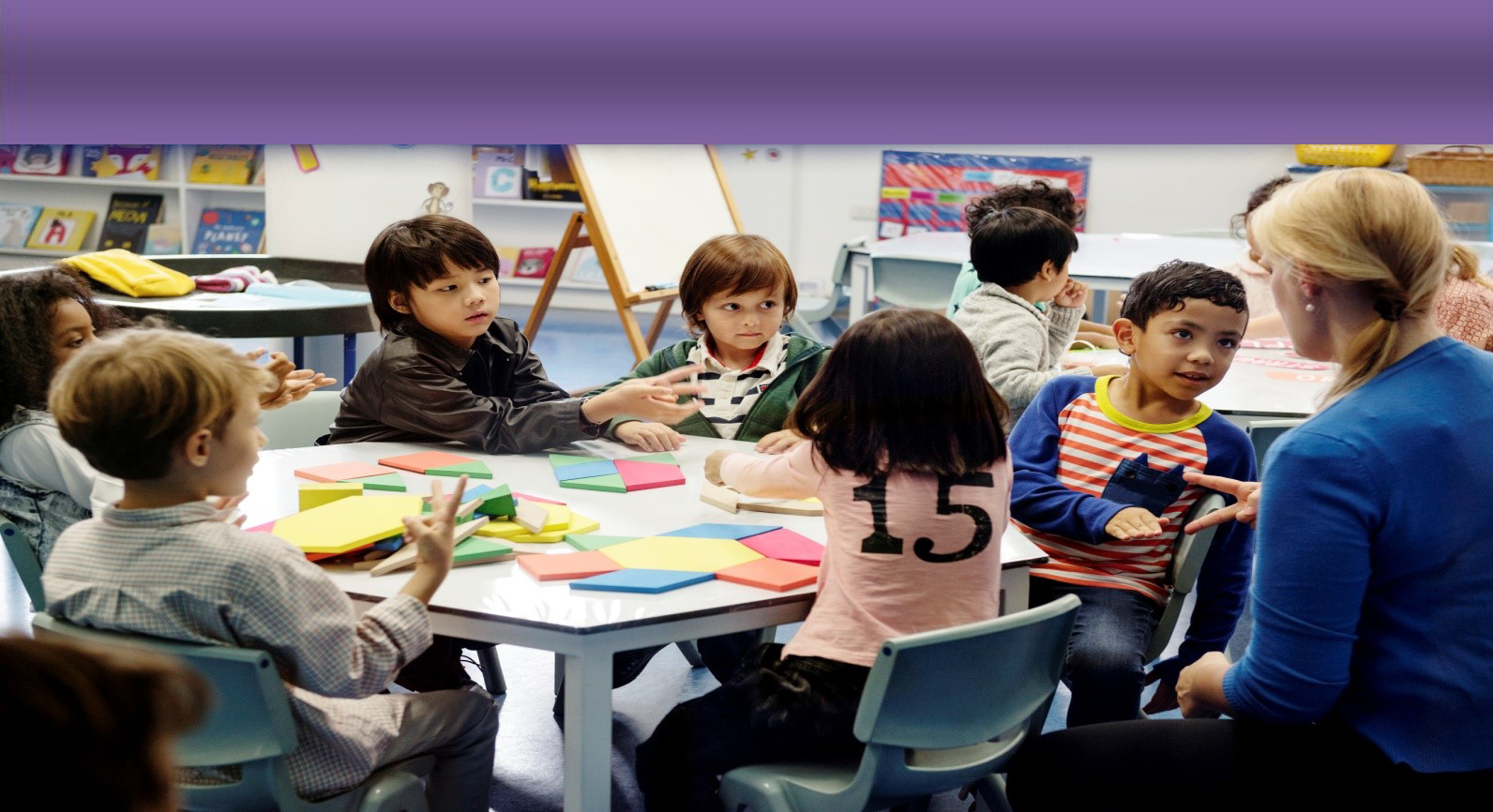
The ENRICH Course
What are the main target groups and aims of the ENRICH Course?
The ENRICH Course is mainly addressed to English language teachers in countries where English is typically taught as a foreign language. It aims at serving as ‘a catalyst for change’ as regards Teaching English to Speakers of Other Languages, by helping teachers to develop:
- Awareness of the use of English as a Lingua Franca (ELF; the E of ENRICH), with particular focus on the practical relevance of ELF to multilingualism and social inclusion.
- Critical thinking skills through constructive networking (N of ENRICH) with English Language Teachers from different countries and contexts.
- Skills for planning, managing and coordinating teaching which integrates ELF in multilingual classrooms involving especially refugees and other learners with a migrant background (R of ENRICH).
- Skills for employing innovative (I of ENRICH) language teaching practices, including CLIL, TBL and ICT, to foster the learners’ ELF-related communicative and other transversal skills required nowadays.
- Skills for employing appropriate cultural content (C of ENRICH), including issues relevant to European Cultural Heritage.
What methodology does the ENRICH Course adopt?
Providing high-quality Continuous Professional Development (H of ENRICH) is a priority for ENRICH. To this end, the Course adopts a blended-learning approach, by integrating a) online self-study materials and activities in a modern e-learning platform (Moodle) and b) special meetings with a mentor that each small group of participants will have. Experiential learning, critical thinking, networking and collaborative professional enquiry constitute the cornerstones of the ENRICH Course.

Do I need to be an experienced teacher to participate in the Course?
The ENRICH Course is addressed to all in-service teachers who teach English to Speakers of Other Languages, no matter how many years of experience they may have. It has been developed in such a way so as to cater for the needs even of teachers who have just started their teaching career. This is in fact one of the main reasons why the role of the mentor is highlighted in the ENRICH Course.

Teaching and Learning
Is learning English different from learning other ‘foreign’ languages?
The widespread use of English as a lingua franca has brought about significant changes in the ways in which people, most importantly children, learn the language. Indeed, research shows that nowadays even young children are frequently exposed to and engaged in English-medium communication while, for instance, watching videos, playing interactive games online and chatting in social media. The more frequently they use the language, the more they learn and the more they learn this way, the less ‘foreign’ this language feels to them.

European Commission, 2017
What exactly does one learn while using English?
The significance of using a language in real life communicative contexts has been emphasized in the field of language education as regards the development of all language skills (e.g. speaking skills). While employing English as a lingua franca with other non-native users in particular, people may learn as well, for instance, how to accommodate their English to the specific needs of their interlocutors and how to use translanguaging practices.

In what ways should English language teaching practices change?
Teaching practices need to adapt to the developments and challenges of our time. This includes integrating in current practices the way that our learners employ the language in their everyday life and helping them develop not only the communicative competences that are necessary in today’s multilingual and multicultural world but also positive attitudes towards linguistic and cultural diversity. All of these aspects are crucial in helping them enhance their self-confidence as real users of English.

English as a lingua franca
What is English as a lingua franca?
English as a lingua franca (ELF) refers to the use of English as a common means of communication among people with different mother tongues. For instance, a Danish tourist in Athens asking a Greek passer-by for directions; a French teacher discussing with a Spanish colleague during an international conference in Oslo; a group of Italian students chatting with Portuguese and Turkish students via Skype about their eTwinning programme; German, Chinese and Hungarian co-players sending each other online messages about their team’s future strategy in the game: they all communicate in English as a lingua franca.

Why is using English as a lingua franca important?
Nowadays, English is the most widely employed language in Europe and beyond and, very frequently, the only option for people who do not share their mother tongue or have another language in common. Using it is important not only for personal communication in various social domains, including the Internet, but also, for professional reasons. It is a ‘shared’ language, in other words, that opens doors for better social and professional opportunities.

Do we need to integrate this role of English in our classrooms?
Research shows that, while communicating in English as a lingua franca, people tend to employ a range of strategies and practices to ensure that they arrive at a common understanding. There is evidence, however, that these are not sufficiently incorporated in current teaching and learning practices, which prevents learners from achieving their potential as efficient users of English. Integrating the role of English as a lingua franca in the English classroom is essential, especially in multilingual environments.
European Commission. (2015). Languages and employability. Luxembourg: Publications Office of the European Union.
European Parliament. (2016). European Strategy on Multilingualism – Policy and implementation at the EU level. Brussels: European Parliament.


Multilingual classrooms
What is a multilingual classroom?
A multilingual classroom is a classroom with learners having more than one languages at their disposal (irrespective of level of competence), including learners from migrant backgrounds, such as first- and second-generation and newly-arrived immigrants and refugees. As a result of globalisation, intra-European mobility and international migration, such classrooms have nowadays become the norm rather than an exception in Europe.

Why is using English as a lingua franca important?
Nowadays, English is the most widely employed language in Europe and beyond and, very frequently, the only option for people who do not share their mother tongue or have another language in common. Using it is important not only for personal communication in various social domains, including the Internet, but also, for professional reasons. It is a ‘shared’ language, in other words, that opens doors for better social and professional opportunities.
How can we support multilingual classrooms?
Being able to communicate effectively in a ‘shared’ language which opens doors for better social and professional opportunities is necessary for all learners. Nowadays, English serves as the most frequent ‘shared’ language around the world. Professional development primarily for English language teachers is, therefore, crucial so that they embrace the linguistic diversity in their classrooms and raise their awareness of the importance of English in connecting learners with each other, the local communities and the whole world.
For more information about the European policy on multilingualism, linguistic diversity and multilingual classrooms, visit the European Commission webpage.







